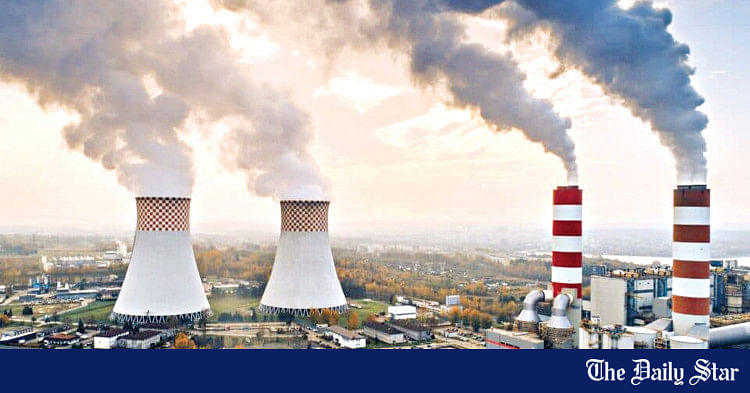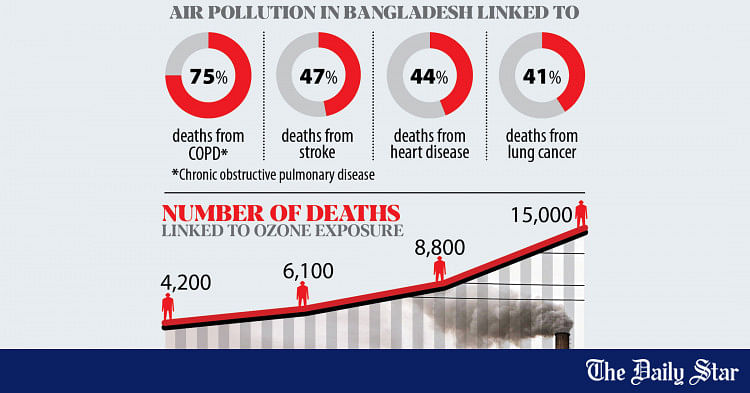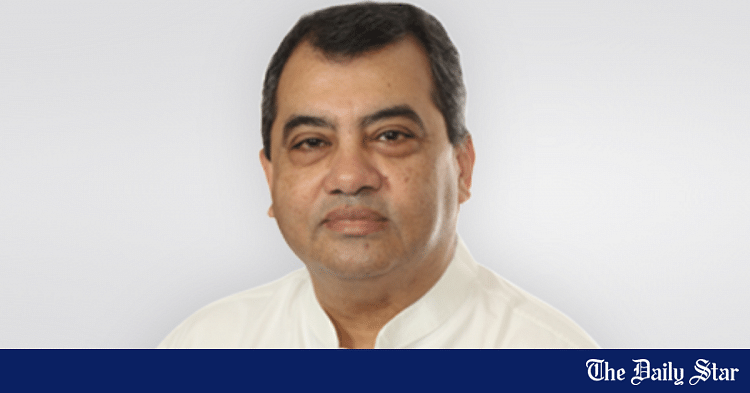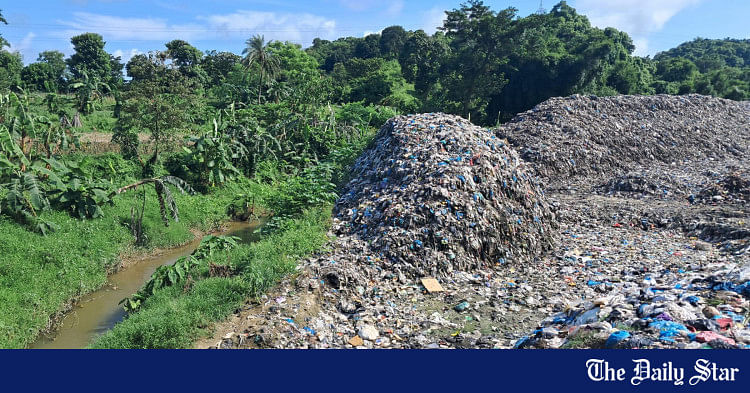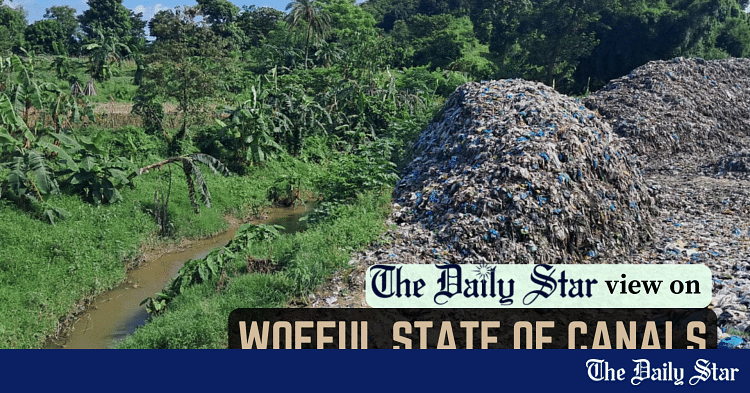- Copy to clipboard
- Thread starter
- #61
Saif
Senior Member
- Joined
- Jan 24, 2024
- Messages
- 15,397
- Reaction score
- 7,873
- Nation

- Residence

- Axis Group


Pollution, encroachment: Bangshi river dying slowly
The once-vibrant Bangshi River in Jamalpur is slowly dying. Merchants once navigated its waters on large boats, but now, the three-kilometre stretch within Jamalpur municipality barely resembles a three-meter-wide canal before merging with the Brahmaputra
Pollution, encroachment: Bangshi river dying slowly

The once-vibrant Bangshi River in Jamalpur is slowly dying. Merchants once navigated its waters on large boats, but now, the three-kilometre stretch within Jamalpur municipality barely resembles a three-meter-wide canal before merging with the Brahmaputra.
Illegal encroachment, pollution, and unchecked siltation have led to its decline.
In 2007, local authorities began demarcating the river's land and excavating it to reduce waterlogging. However, the river was soon filled with garbage dumped by residents.
"Whenever it rains, our houses flood with dirty water as the river can no longer drain it away. The bad odour from the river is a constant nuisance. The municipality should take urgent steps to clean the river," said Aminul Sheikh, a resident of Dayamayi area.
"The river has become a canal over the years due to illegal land grabbing. Now it is filled with garbage and serves as a mosquito breeding ground. The municipality should clean up the waterbody and excavate it to prevent waterlogging and improve the environment," said Jahangir Selim, president of the Jamalpur District Environment Protection Movement.
Mayor Mohammad Sanowar put the onus on the local residents for the river's plight.
"We repeatedly try to prevent residents from throwing waste into the water body. Mass awareness needs to be raised," he said.
The once-vibrant Bangshi River in Jamalpur is slowly dying. Merchants once navigated its waters on large boats, but now, the three-kilometre stretch within Jamalpur municipality barely resembles a three-meter-wide canal before merging with the Brahmaputra.
Illegal encroachment, pollution, and unchecked siltation have led to its decline.
In 2007, local authorities began demarcating the river's land and excavating it to reduce waterlogging. However, the river was soon filled with garbage dumped by residents.
"Whenever it rains, our houses flood with dirty water as the river can no longer drain it away. The bad odour from the river is a constant nuisance. The municipality should take urgent steps to clean the river," said Aminul Sheikh, a resident of Dayamayi area.
"The river has become a canal over the years due to illegal land grabbing. Now it is filled with garbage and serves as a mosquito breeding ground. The municipality should clean up the waterbody and excavate it to prevent waterlogging and improve the environment," said Jahangir Selim, president of the Jamalpur District Environment Protection Movement.
Mayor Mohammad Sanowar put the onus on the local residents for the river's plight.
"We repeatedly try to prevent residents from throwing waste into the water body. Mass awareness needs to be raised," he said.

